GE DS200SVAAG1A DS200SVAAG1ACB Attenuator Boards Lead New Heights of Performance In the highly competitive field of industrial automation, the stability and accuracy of equipment are crucial. As a leading global industrial technology company, GE (General Electric) has been committed to providing innovative and reliable solutions for various industries. Recently, GE launched a high-performance attenuator board for its industrial control system - DS200SVAAG1A, and its important sub-model DS200SVAAG1ACB. The release of these two attenuator boards heralds a new leap in performance for key components of industrial automation systems, which can better meet the stringent requirements of modern industry for high precision and high reliability. The core role of attenuator boards in industrial automation systems In complex industrial control systems, attenuator boards play a vital role. Their main function is to adjust and control the strength of electronic signals to ensure that the signal is not too strong to damage sensitive electronic components during transmission, nor too weak to cause signal loss or distortion. Especially in high-precision control and measurement, the performance of the attenuator board directly affects the stability and accuracy of the entire system. The GE DS200SVAAG1A and DS200SVAAG1ACB attenuator boards are designed to meet these critical needs. They use advanced electronic technology and high-quality materials to provide excellent signal attenuation performance, thereby improving the overall performance of industrial automation systems. GE DS200SVAAG1A: Stable and reliable signal control center The GE DS200SVAAG1A attenuator board is a high-performance signal conditioning component designed with stability and reliability in mind. It can accurately attenuate the amplitude of the input signal to ensure that the subsequent electronic components receive a safe and valid signal. The launch of this model provides strong support for industrial applications that require precise signal control, such as: Precision measurement systems: Effectively attenuate excessive interference signals before weak signals need to be amplified and processed. Motor drive control: Adjust the amplitude of the control signal to achieve precise control of the motor speed and torque. Process control systems: Ensure the stability and accuracy of control signals during long-distance transmission. GE DS200SVAAG1ACB: Performance upgrade to cope with more complex applications As an important sub-model of DS200SVAAG1A, GE DS200SVAAG1ACB attenuator board has been further optimized and upgraded in performance. It may have a wider attenuation range, higher accuracy and lower signal distortion. These performance improvements enable DS200SVAAG1ACB to better cope with more complex industrial application scenarios, such as: High-frequency signal processing: Provide more stable signal attenuation and reduce noise interference in systems that need to process high-frequency s...
Read More
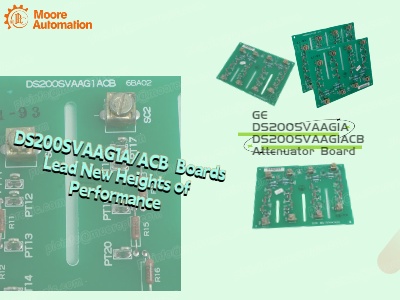
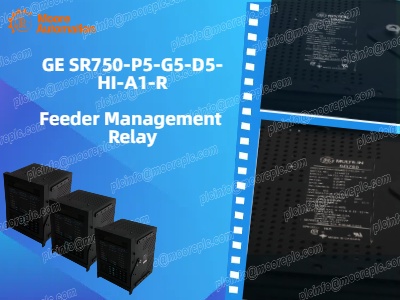
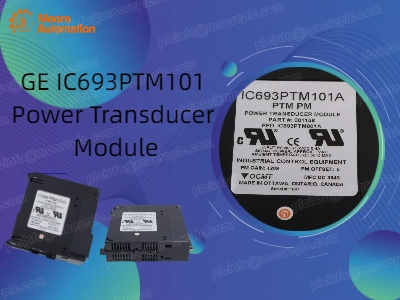
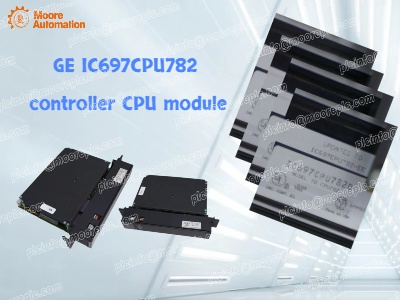
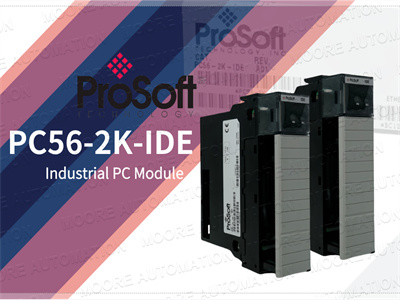
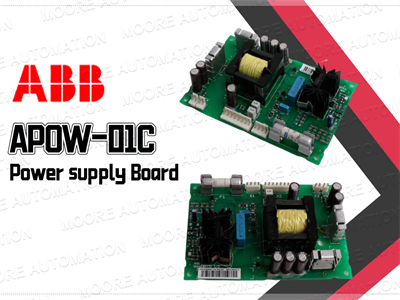

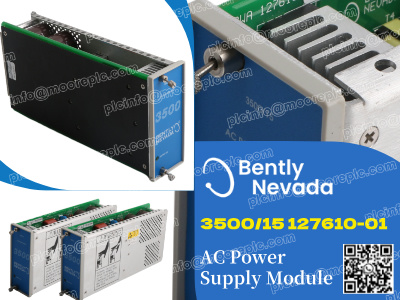

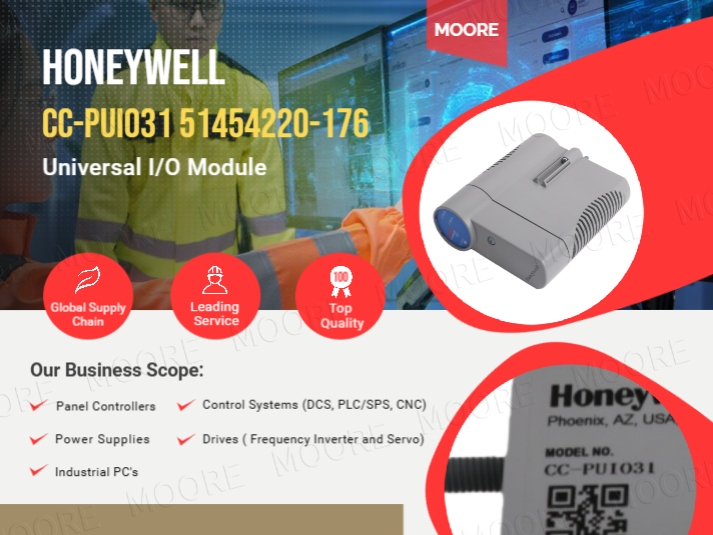
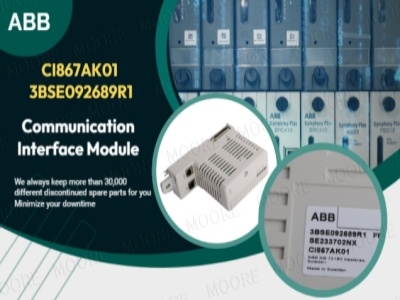
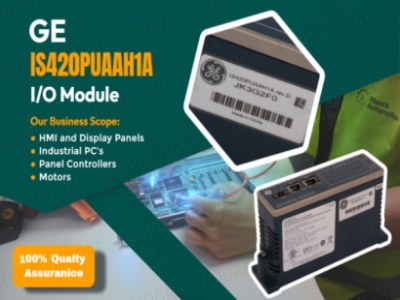












 IPv6 network supported
IPv6 network supported